However, it’s definitely not something you should aspire to.
Leggy seedlings aren’t a good thing. Fortunately, they can be prevented and addressed if you happen to suffer from this problem in your indoor-started seedlings.
Here’s what you need to know about how to fix and prevent leggy seedlings.
11 Tips to Fix and Prevent Leggy Seedlings
Leggy seedlings may seem like an odd thing to even say, but it can be a real issue in your garden. In this post, you will learn all about what they are, why they happen, and which plants to watch closely.
If you are new to gardening, and especially starting seeds on your own, you will want to start with this list of the best plants to start as seedlings. Follow the tips there and then check the ones below to learn how to have the best harvest ever!
1. Know Which Plants Are Vulnerable
It’s almost always a good idea to start seeds indoors, particularly if you’re growing plants that have a long growing season (such as tomatoes).
However, there are certain crops that are infinitely more likely to become leggy when they’re started indoors. These include beet, lettuce, kale, broccoli, zucchini, and tomato. They all tend to get leggy because they are started in the spring when daylight is limited.
There are other factors that can cause seedlings to become leggy, too. For example, beets sprout multiple seedlings from just one single seed ball so they’re very likely to become leggy (and overcrowded, too).
2. Understand What Causes “Legginess”
Unlike with fashion, being leggy as a platn isn't a good thing. Legginess happens when seedlings are placed on a sunny windowsill. They reach toward the source of light, desperate for any amount of sunlight they can get. As a result, their stems grow overly long and lean, causing them to become pale and skinny with far too few leaves than they should rightly have.
The problem with seedlings that have become leggy is that, when left unaddressed, the condition can cause the stems to become weak or their growth to be stunted. They are often left defenseless against diseases and pests and can be much more difficult to harden off, too. They will also have a harder time dealing with rain and wind (along with other weather-related stressors) once they’re put into the ground.
Legginess can be caused by multiple factors.
- The most obvious one is insufficient light. Seedlings instinctively grow toward the light, but when it's too dim or too far away, they are supercharged into survival mode and will grow taller more quickly, trying to get as close as possible to that light. What it gains in height, though, it sacrifices in strength. When you start seeds in the windowsill, you may notice them bending toward the sun and suffering from thin, fragile stems.
- Too much heat can also cause legginess, though. When you keep your seedlings on a heat mat, it’s a good way to encourage them to grow rapidly. However, this growth is often hard to match. They’ll respond to heat by putting up skinny, tall stems before they can push out new leaves. Again - they will be all legs!
- Too little water can cause legginess, too. Lack of moisture will cause the seedlings to become spindly and eventually will kill them because they can’t get the nutrients they need from the soil.
- Finally, inadequate spacing can cause legginess. With small seeds, you may feel tempted to scatter them in a large tray and to thin them out as they grow. This works, but you need to be on top of things when it comes to managing your seedlings. Otherwise, these overcrowded seedlings will just grow taller as they compete with each other for unavailable resources.
3. Provide More Light
One of the easiest ways to fix a problem with leggy seedlings is to provide more light. For most home gardeners, inadequate lighting (such as that provided by a sunny windowsill) is the most common culprit.
It’s rarely a good idea to rely on the sun upon to provide your seedlings with the light they need, particularly when it’s prime seed-starting time in early spring. Even if your seeds are placed in a south-facing window, they’re only going to get a few hours of sunlight per day.
If you can, provide your seedling with 16 hours of light. Artificial lights are usually the only way you can achieve this, particularly if you are a northern gardener with a limited growing season.
Consider installing a set of integrated shop lights (LED is best) or grow light panels. You can hang these from a narrow wire shelving rack and even add a timer so you don’t have to worry about switching the light on and off.
4. Fix the Heat
Think about the conditions in which seedlings germinate best. In most cases, you’re going to have the best success when you provide your plants with warmer temperatures between 75 and 80 degrees - but only during germination. The rest of the time, seedlings will need temperatures of around 60 to 75 degrees during the day and 55 to 60 degrees at night.
If you’re using heating mats, take your seedlings off the heat during the night or at the very least, within a couple of days of sprouting. Some people also like to combine this with greenhouses. If you want to build your own, there are great DIY greenhouse plans to consider.
5. Mind the Watering
Even if you religiously douse your seedlings every morning, there’s a chance that water isn’t making it all the way down to the bottom of your seed starting containers (particularly if you use deep containers).
Whenever possible, water from the bottom. Not only will this keep the foliage dry (a necessity if you’re trying to prevent fungal diseases that affect plant leaves) but it will also help prevent damping-off disease.
Hydrate your seedlings fully and properly by placing them in a tray, filling that tray with water, and allowing the pots to wick up as much moisture as they need. You can also check out these irrigation tips for gardens that may provide you with a solution that helps cut down on the effort involved while still providing the plants with plenty of moisture.
6. Time to Brush
It sounds silly, but you can often fix a leggy seedling by brushing your fingers back and forth along the tops of the plants. When done every day, this action simulates an outdoor breeze. It will trick the seedlings into believing they need to grow thicker stems to guard against a vigorous wind.
Another option is to circulate a fan near the seedlings. This will serve the same purpose - but less work for your fingers! Just keep a close eye on your seedlings if you leave a fan running, as you don’t want them to dry out too much.
7. Follow Spacing Recommendations
If you’ve already planted your seeds, you may not be able to replant them to make sure they’re spaced properly. Also, it can be tough to adequately space out tiny seeds, like carrot or lettuce seeds. However, when you plant, a good way to prevent legginess is to make sure they’re spaced an inch or two apart. You can also transplant less fragile seedlings once they have one or two sets of true leaves.
Remember, overcrowded seedlings=competition=legginess.
8. Plant Outside ASAP
As soon as the soil is warm enough and your seedlings are mature, get them outside - especially if they’re leggy. Providing them with natural conditions will go a long way in preventing them from getting even leggier.
It’s important that you wait until the conditions are right, though. Trying to harden off - or worse, plant without hardening off - seedlings in too-cold or too-wet weather is a recipe for further injury!
9. Replant
One remedy you can try if you know you have dangerously leggy seedlings but it isn’t quite time to plant them outside yet is to bury the stems by replanting them. One of the easiest ways to deal with leggy seedlings that aren’t quite ready for the great outdoors is to repot them and bury the stems up to the lowest set of leaves.
In many cases, this is recommended practice not just for leggy seedlings but for seedlings in general. It can prevent any weakness in the stems and help the roots of the plants develop more mass. It’s a great idea for plants like tomatoes, peppers, and eggplants.
10. Try Some Watering “Hacks”
If your seedlings have gotten leggy on you, something you can do is to set a reminder on your phone to check the plants on a daily basis. This will remind you to water and by setting up a spray bottle by your seedlings, you’ll be prompted to water regularly, too.
11. Use Better Seed Starting Mix
It can be tempting to use soil from the garden when you’re starting seeds but avoid the temptation. You should use a mixture that’s formulated specifically for seed starting, ideally one that can consistently hold adequate moisture. Your seedlings shouldn’t be too moist or they’ll rot but they shouldn't be too dry or they’ll get weak and skinny.
Consider Planting a New Batch of Seedlings
Sometimes you won’t be able to salvage your leggy seedlings - but don’t fret. By starting seeds indoors, you likely saved a ton of money over the cost of buying seedlings from the nursery, anyway - so you won’t be out much money if you have to buy a new packet of seeds and replant.




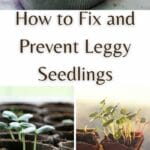
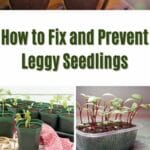
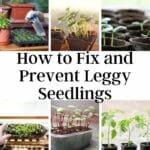
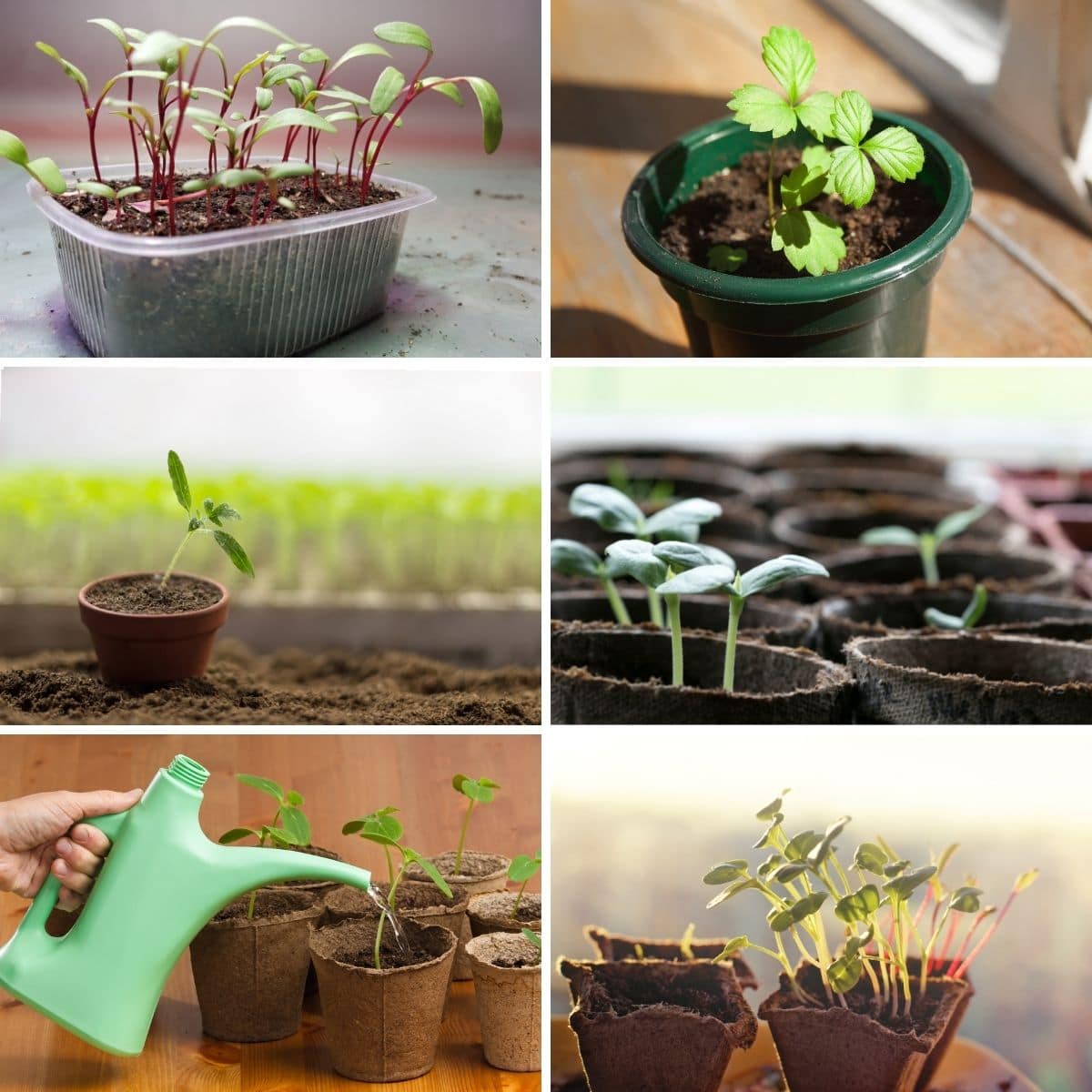
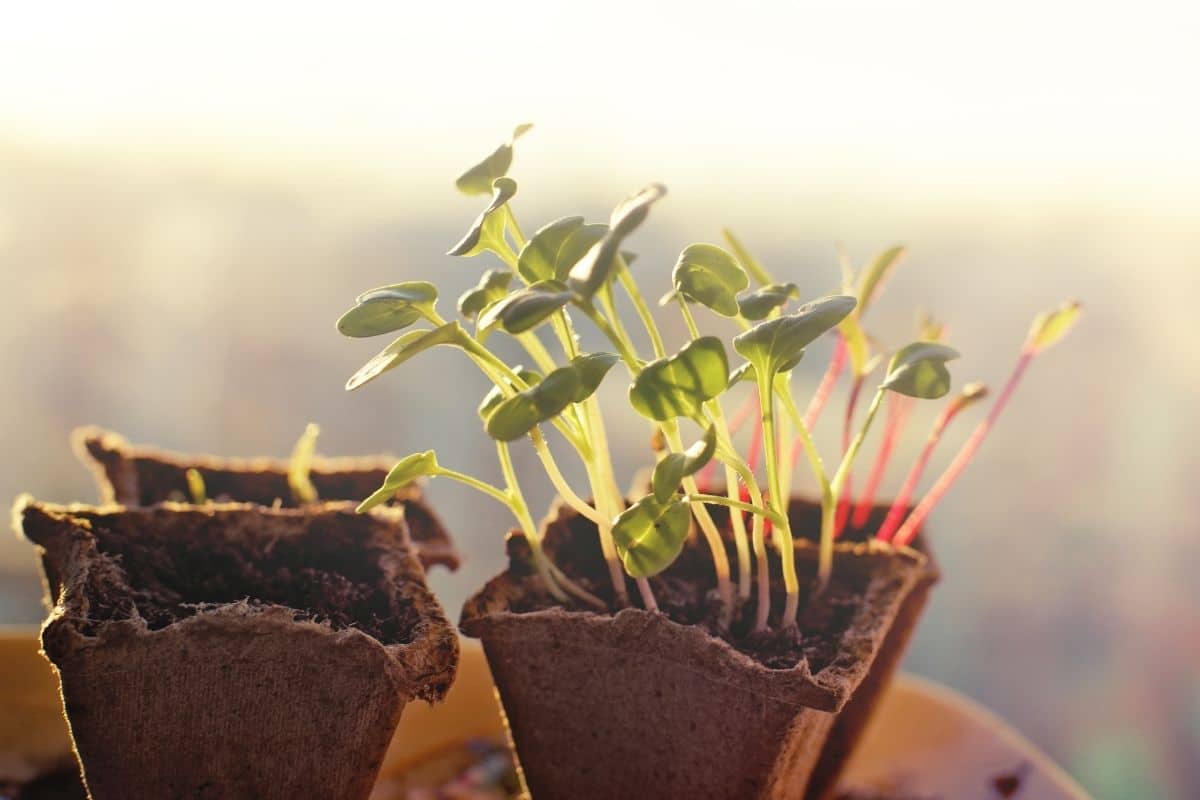
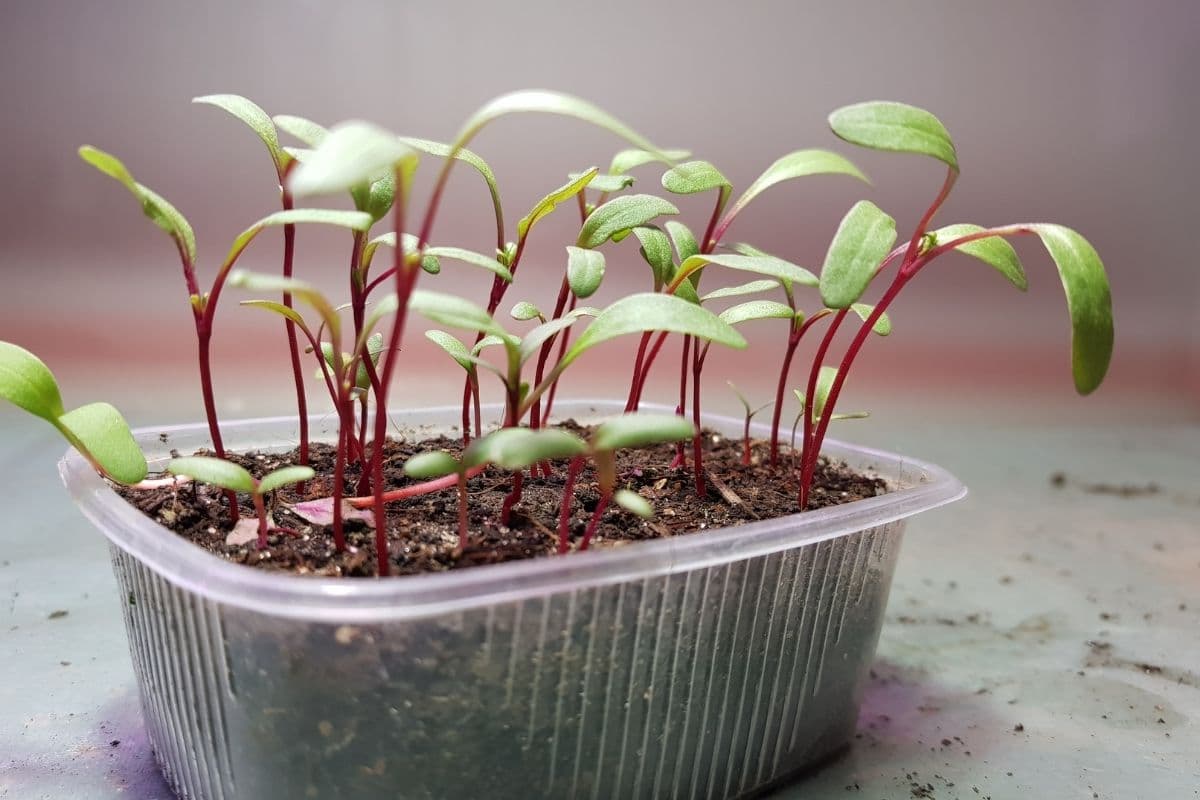
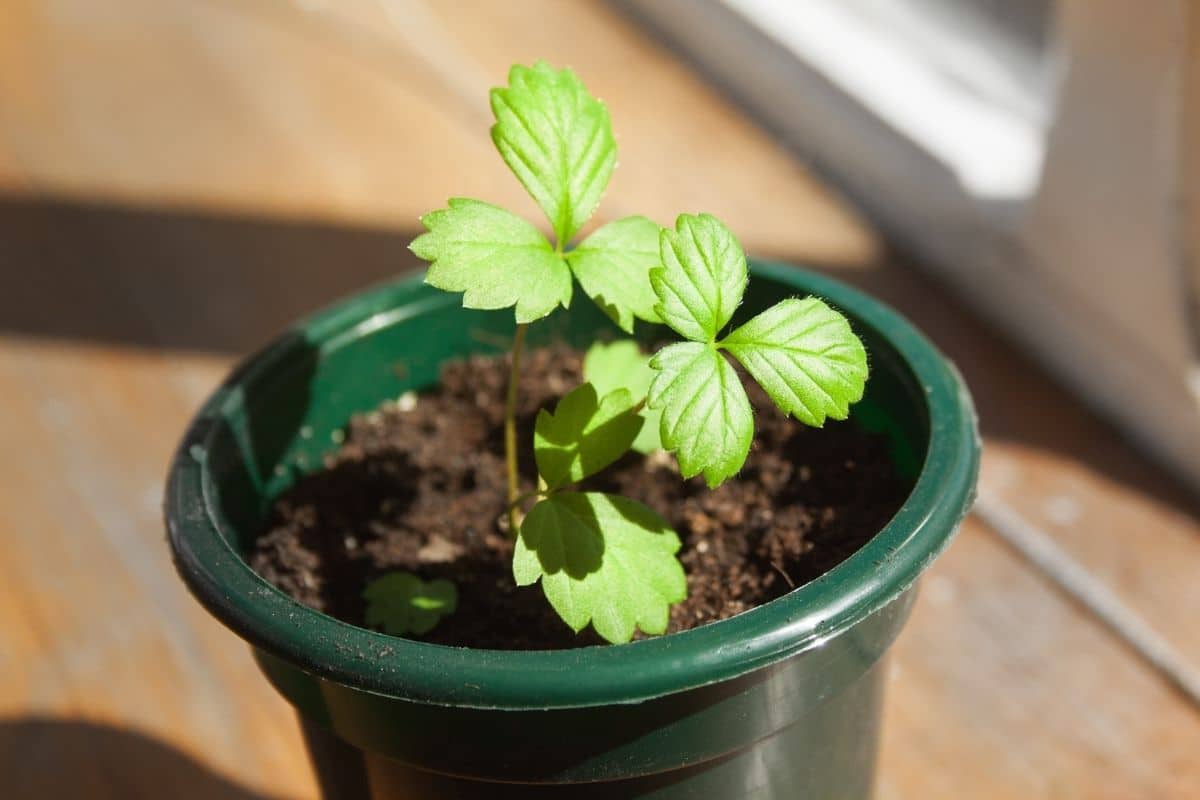
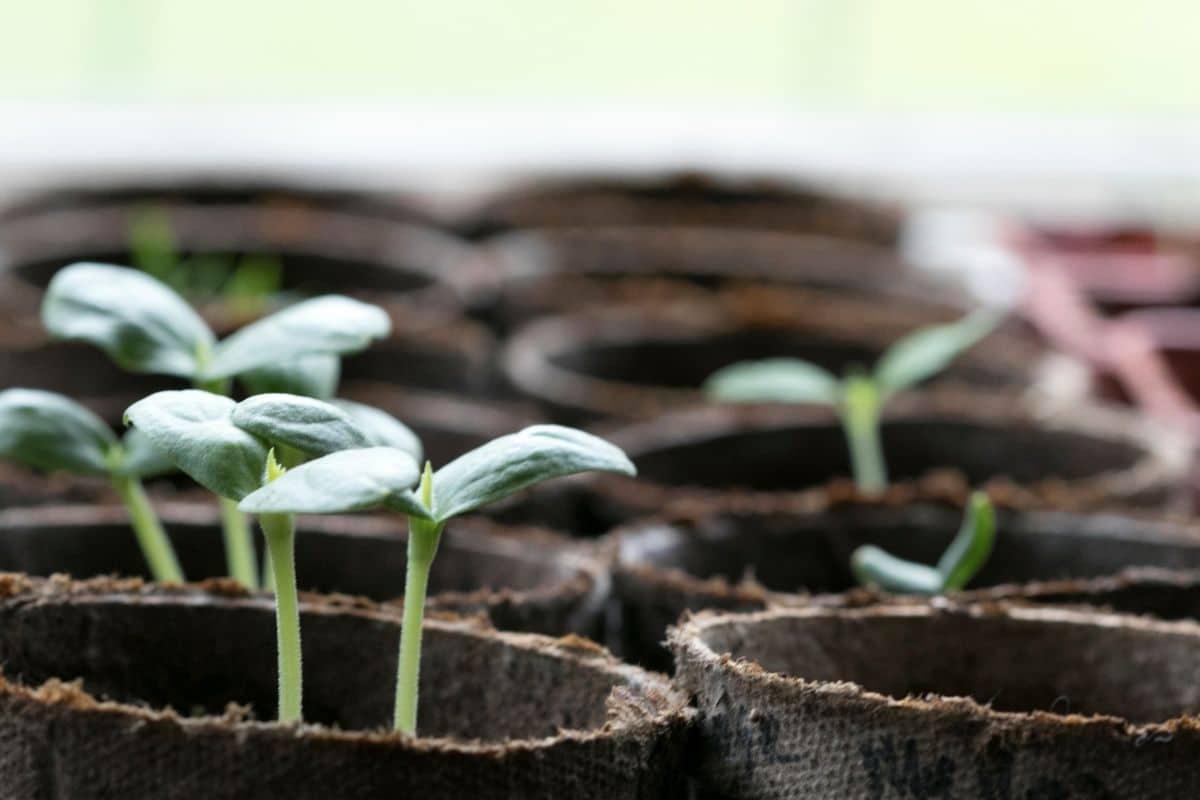
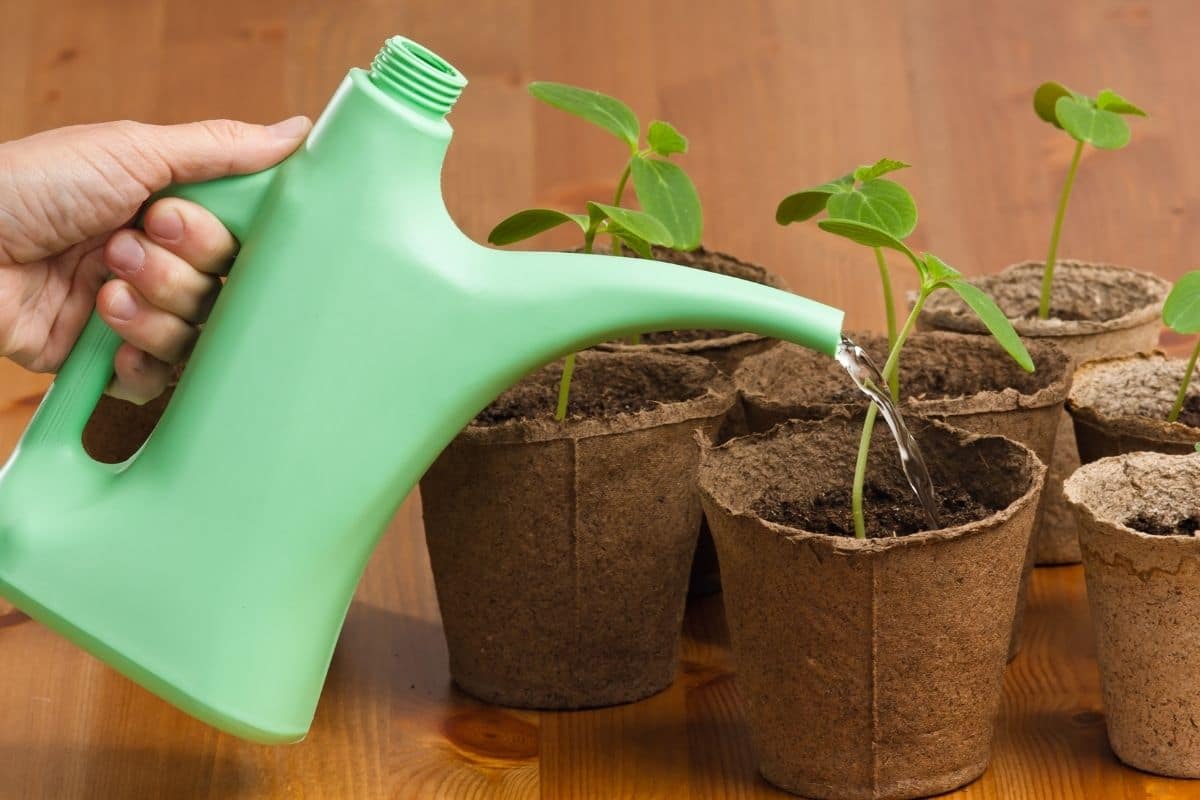
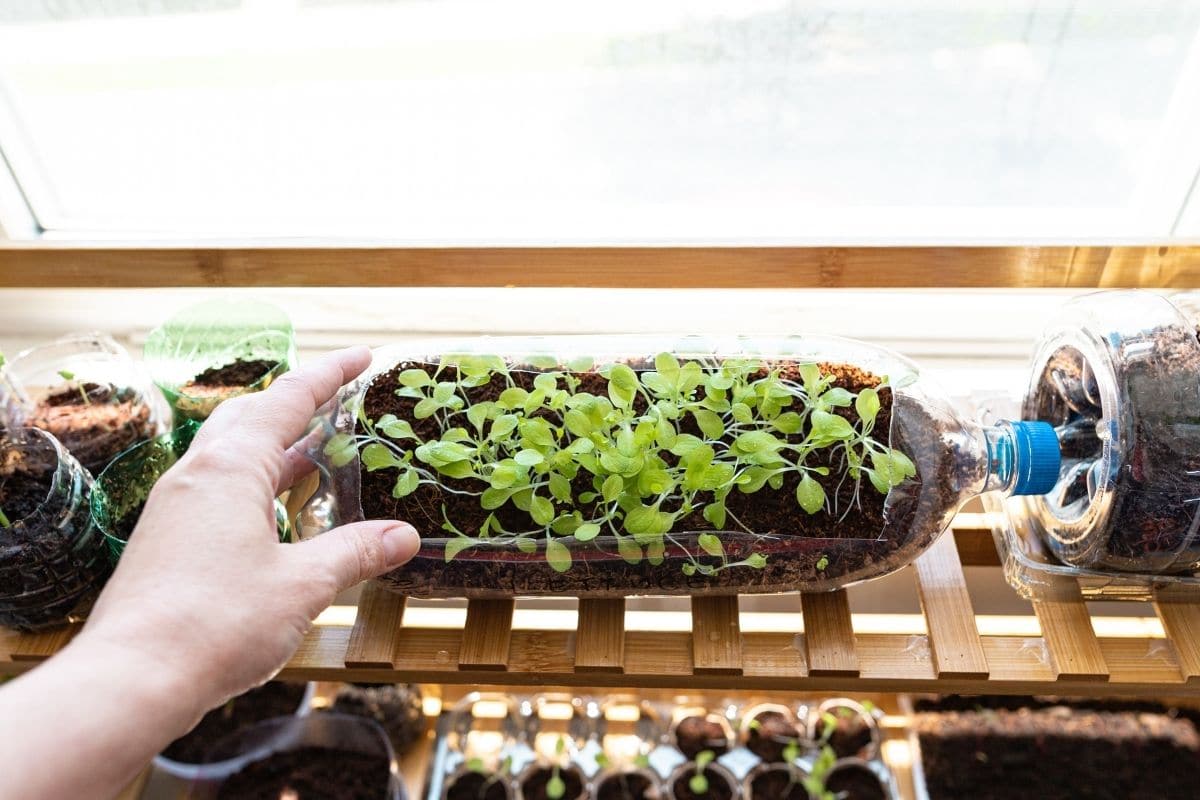
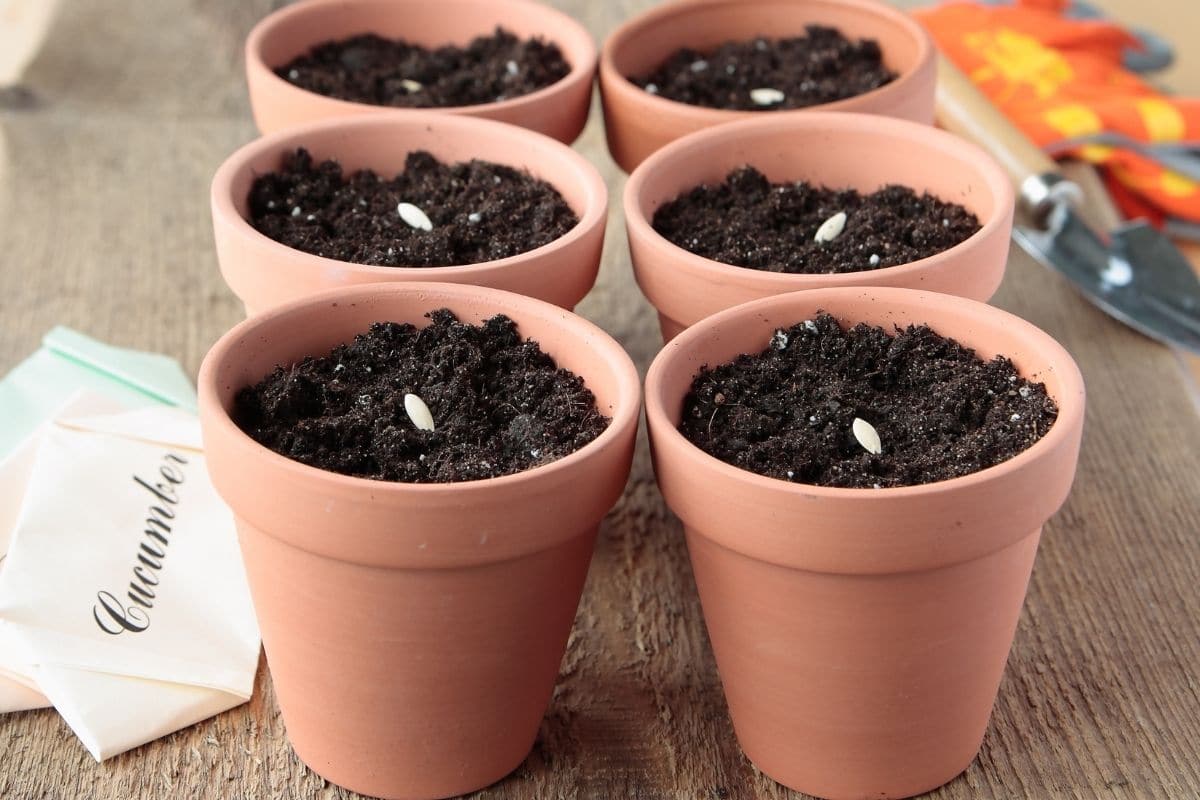
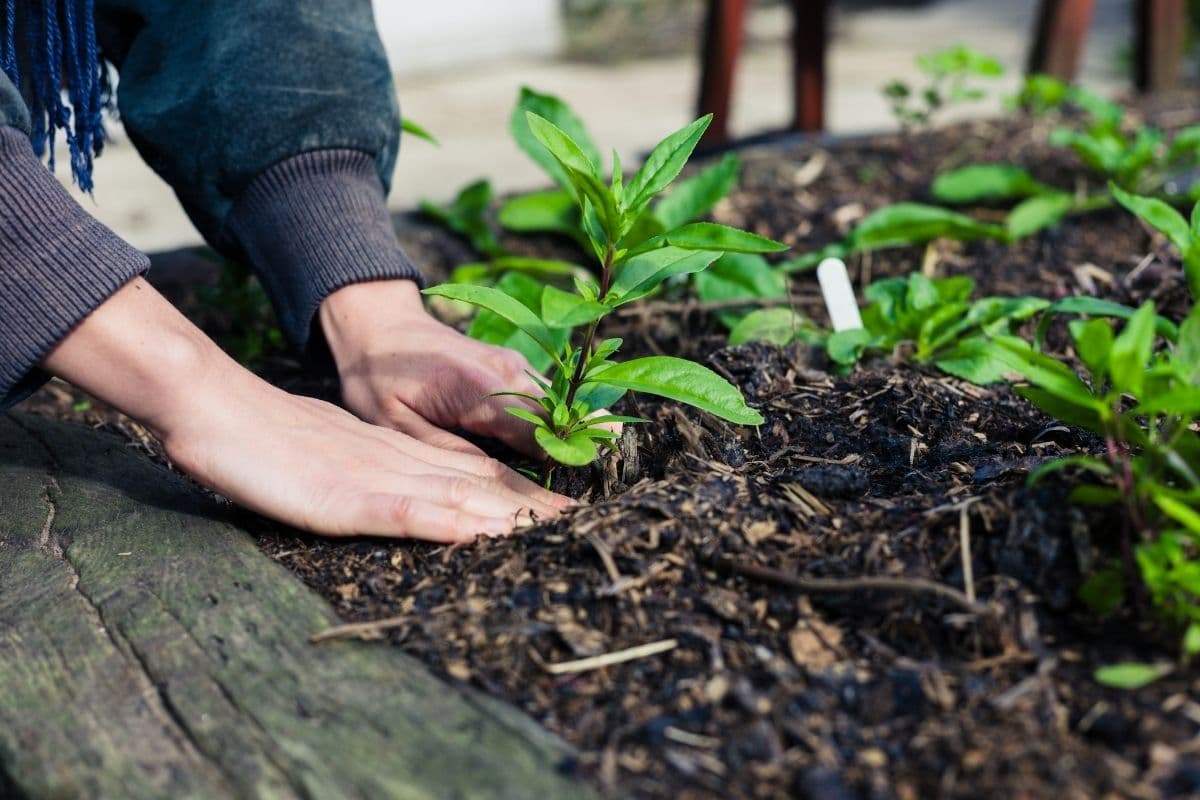
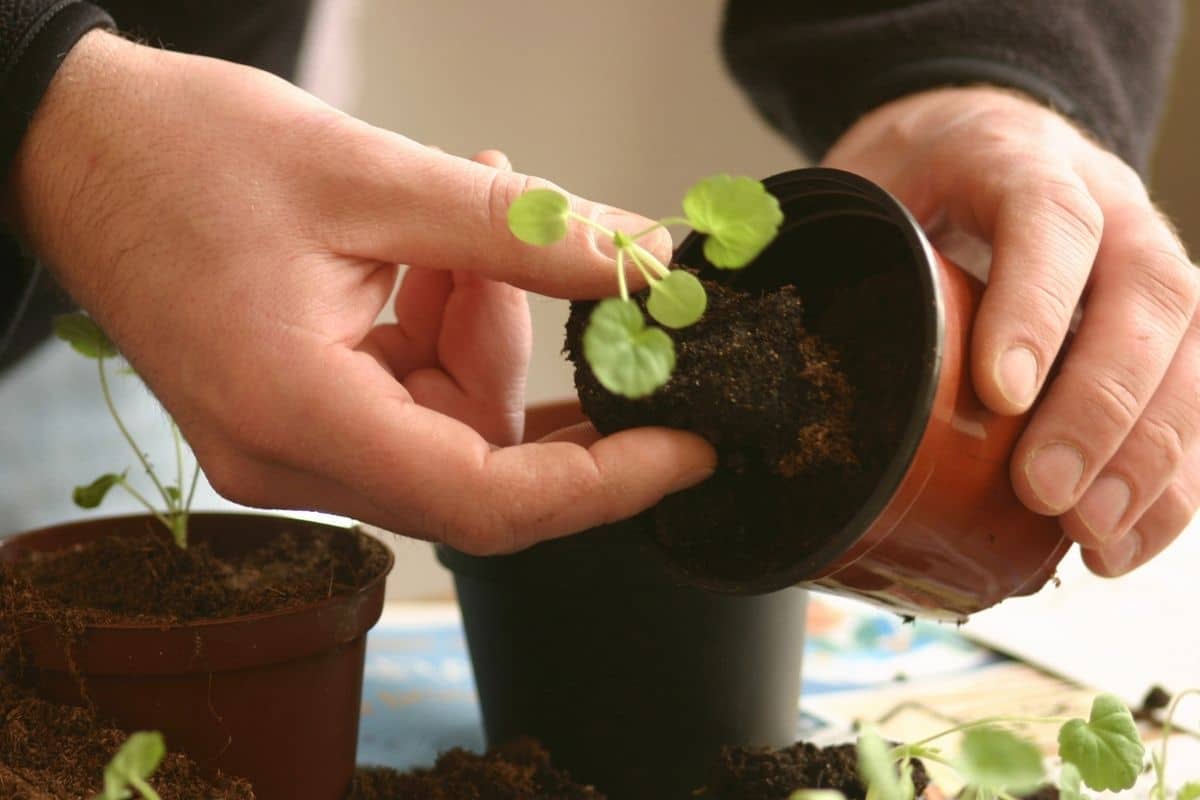
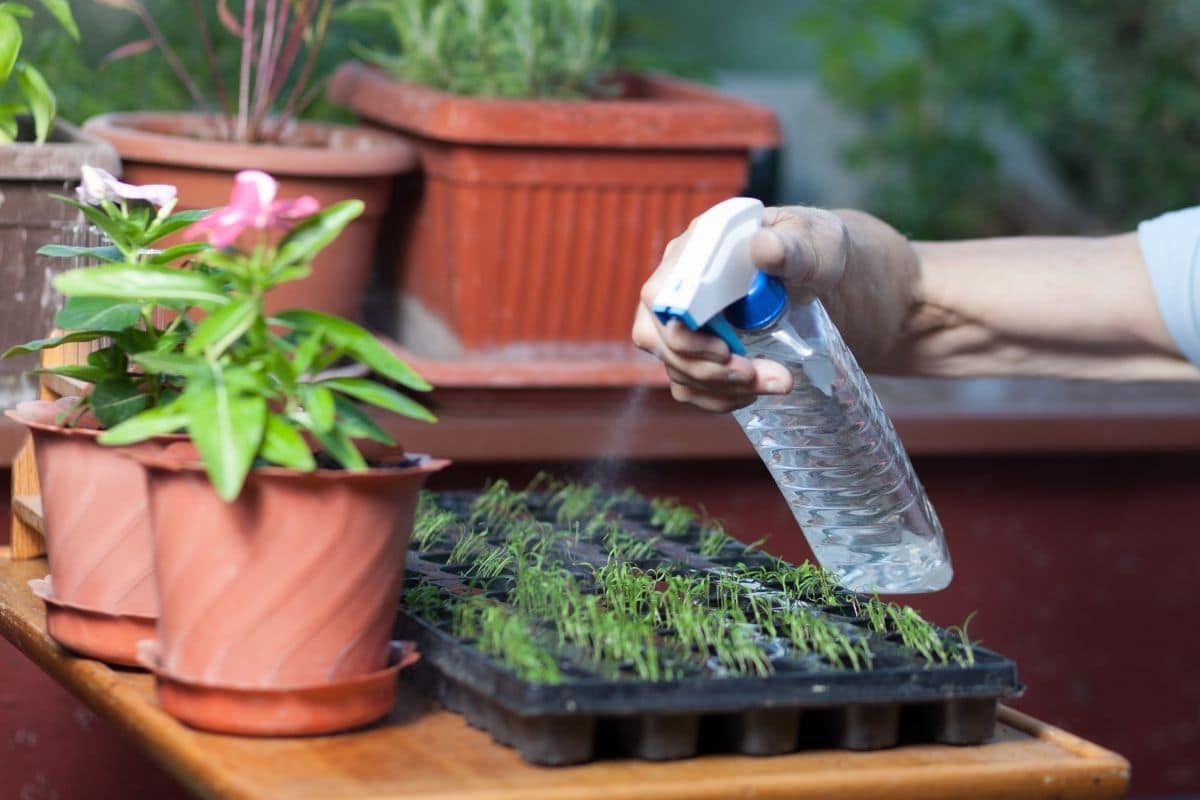

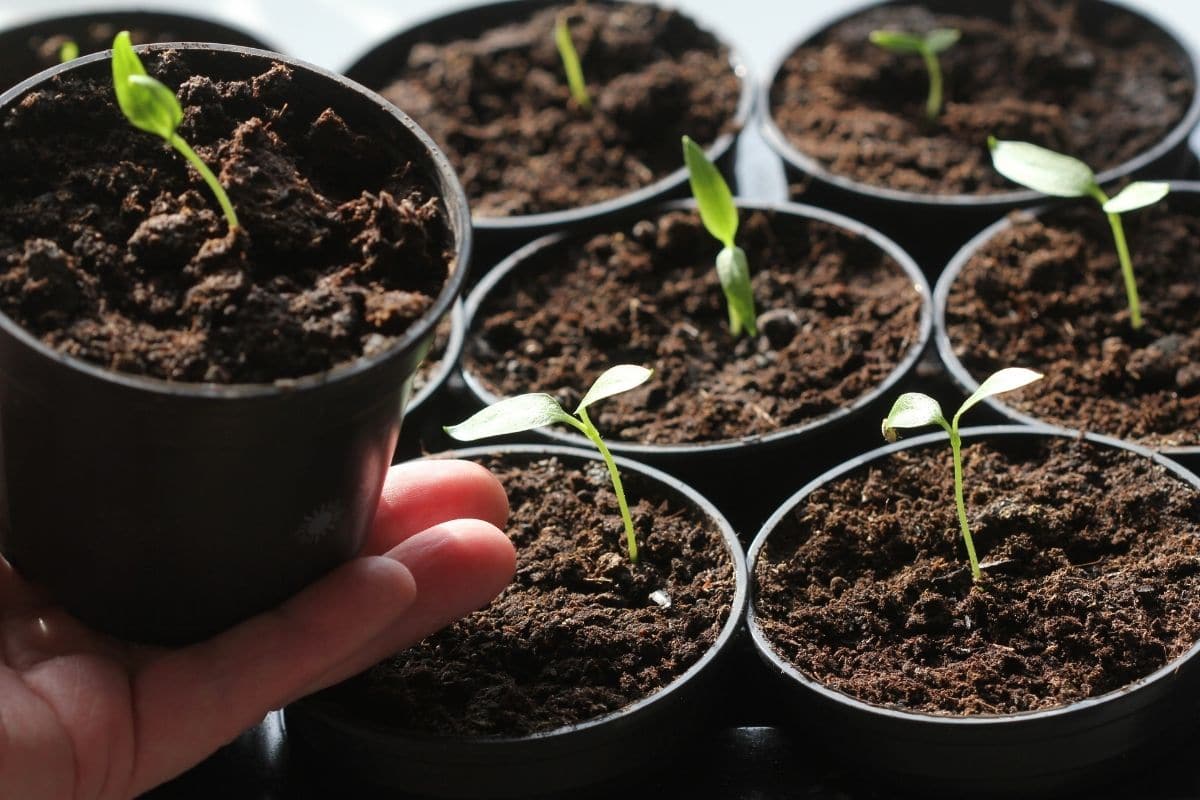
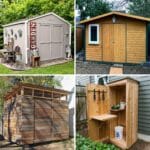



Roelof
Enjoyed reading your blog, I am struggling to successfully start seeds for hydroponics
Norma
Getting excited about starting my garden, but need to be certain chance of drop in temperature has passed. Great suggestions on starting my sunflowers.